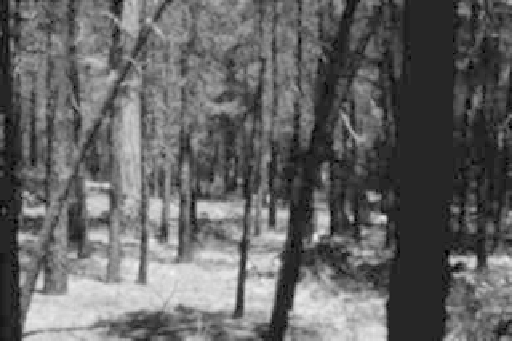Environmental Engineering Reference
In-Depth Information
ideological or theoretical—they are real, they are tangible, and they make a huge dif-
ference in the quality of the land and the quality of all life, including that of humans.
12.4 What We Know and What It Means
In her authoritative book,
Thinking Like a Mountain: Aldo Leopold and the Evolution of an
Ecological Attitude Toward Deer, Wolves, and Forests
, Susan Flader
2
writes:
Ecology, he [Leopold] realized, was among the most complex of the sciences and might
therefore be the last to achieve the state of predictable reactions. Yet, committed as he was
to deep-digging ecological research, he was equally convinced that the ecologist had a
responsibility to “step beyond 'science' in the narrow sense” and offer modes of guidance
for meeting ecological problems that were not yet fully understood.… [Leopold] “offered
a rueful definition of 'conservation' as 'as series of ecological predictions made by laymen
because ecologists have failed to offer any'.” He was pleading for ecological predictions
by ecologists, whether or not the time was ripe. “If we wait, he warned, there will not be
enough health land left to even define health.” (p. 207)
We have come to understand quite a bit about ponderosa pine (
Pinus ponderosa
) forests
since Leopold penned those words in 1933. Throughout this 70 year period, warnings
from ecologists have become more strident as symptoms of forest ecosystem disease have
increased. These reports include, but are not limited to, notes about significant increases
of woody plant populations in Arizona and New Mexico,
3
increasing forest insect and
disease infestation,
4
crashes of native biological diversity,
5
stagnation of nutrient cycling,
6
and the increasing size and severity of crownfires (Figure 12.1).
7
Ecologists, the public, and public officials now recognize that there is a serious
problem—a crisis in our western forests. What is not agreed upon is how best to solve the
FIGURE 12.1
Permanent photo point from Pearson Natural Area Ecological Restoration Study Area, 1993. There were 22.8
trees per acre in this area in 1876, and 1253.5 trees per acre in 1993. In 1993, there was 28.3 tons per acre of fuel,
and 120 lb per acre of herbaceous production. (From Covington, W.W.,
Ecol. Restor.
, 21, 7, 2003. Copyright by the
Board of Regents of the University of Wisconsin System. Reproduced by the permission of the University of
Wisconsin Press.)


Search WWH ::

Custom Search